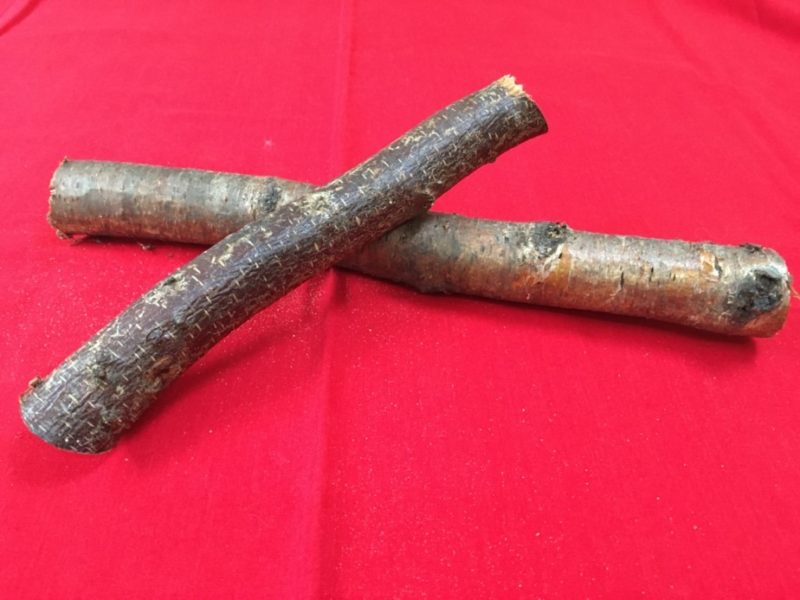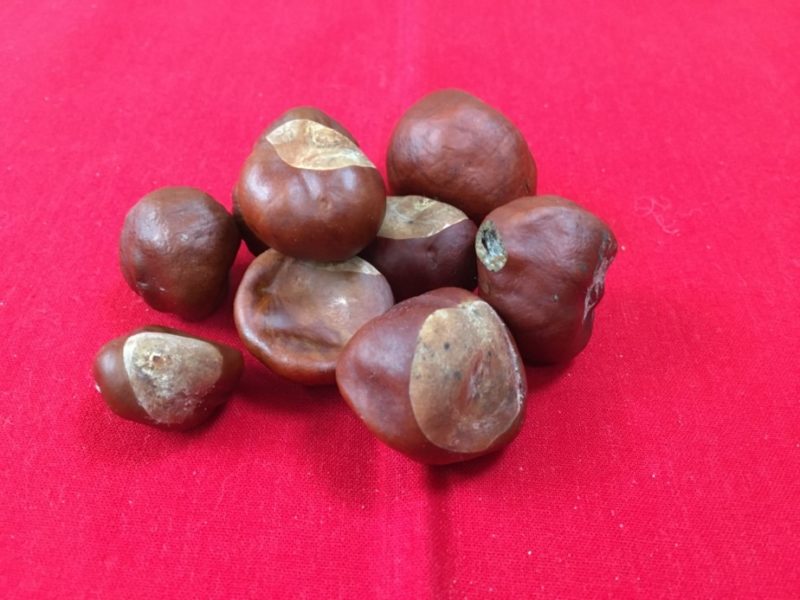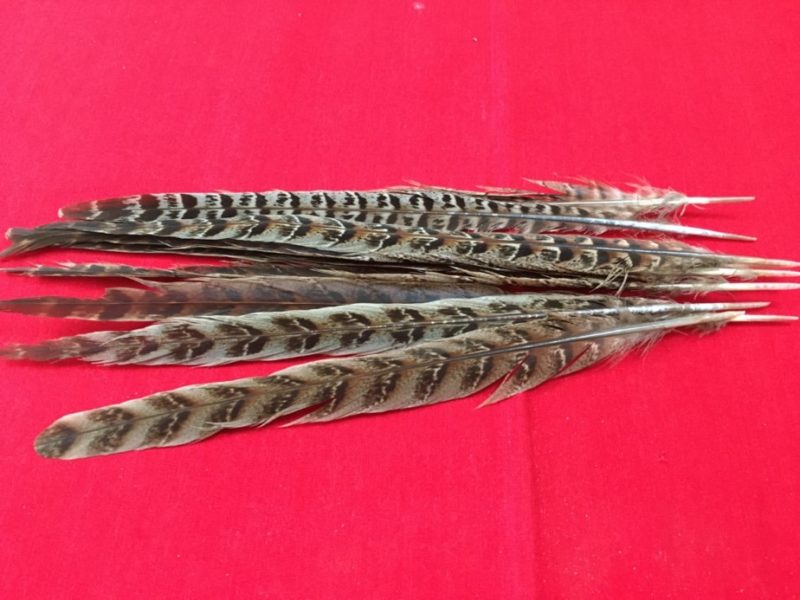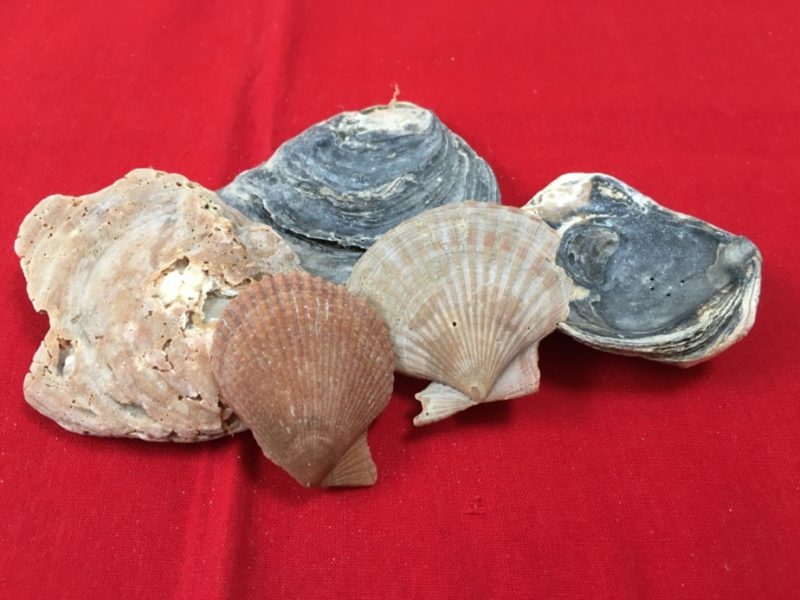We are all sensory creatures, exploring, understanding, and engaging with the world through our many senses. This is just as true for someone has additional needs as it is for anyone else.
Sometimes we can be under-responsive (or hypo-sensitive) to sensory inputs. At other times we can be over-responsive (or hyper-sensitive) to sensory inputs. You can see some of the effects of this in the picture of the person below, used to illustrate different kinds of sensory processing disorder. One of the examples given is, “I hate having my hair cut, washed or brushed”.

Haircuts can be a very difficult experience for children and young people with a range of additional needs. The sensory feeling of the hair being cut; the bits of hair going down their neck or landing on their face, the noise of clippers (especially around their ears), or just the very difficult feeling that a part of them is being cut off and is now on the floor!
Set calming conditions for haircuts
In our case, our son James will only tolerate having his hair cut under very specific conditions. His need for a haircut having reached the point where it was unavoidable any longer meant that those conditions needed to be met a couple of days ago.
The conditions are that James must have his hair cut on his sofa, which is his favourite, safe, place. Next, I must be the barber, and his mum must assist by collecting all the bits of hair up as they fall. We use clippers, grade 4 all over, the only style I can do. James has something that he likes on his iPad as a distraction while the haircut is done. Mum must make sure that any bits of hair falling on the iPad are removed immediately!
The danger zone
We start at the back, out of sight, to get used to the clippers again. And then do the front, leaving the difficult part around the ears until last. When the rest is done and only the hair around the ears are left, I am always nervous that James will refuse to go on and will have the weirdest hair style in town! With the soundtrack to the film ‘Top Gun’ in my head, we take the clippers into the ‘Danger Zone’ around the ears!
Usually there comes a point when the worst is over and it’s just a matter of tidying up. Checking that the two sides are level, that the back looks neat, and that I haven’t missed any wispy bits. If we don’t finish these areas then it’s not the end of the world. But usually with some encouragement, and the reassurance that we are done with the ‘Danger Zone’ then we can finish off.
Lots of positive praise
A bath straight away afterwards to help remove any scratchy clippings is helpful and then we are done. We give James lots of positive praise for coping so well. A reward of his choice, and then showing him how much smarter he looks, usually gets a smile!
Routines are important. When followed well, can help to ensure that even difficult experiences like haircuts can be coped with and completed well. We only cut James’ hair every three to four months. There is plenty of time for any imperfections to ‘grow out’ and for him to be ready to accept the clippers again!
What haircut stories do you have? How do you support your child or young person when they need to have their hair cut?
Keep snipping!










